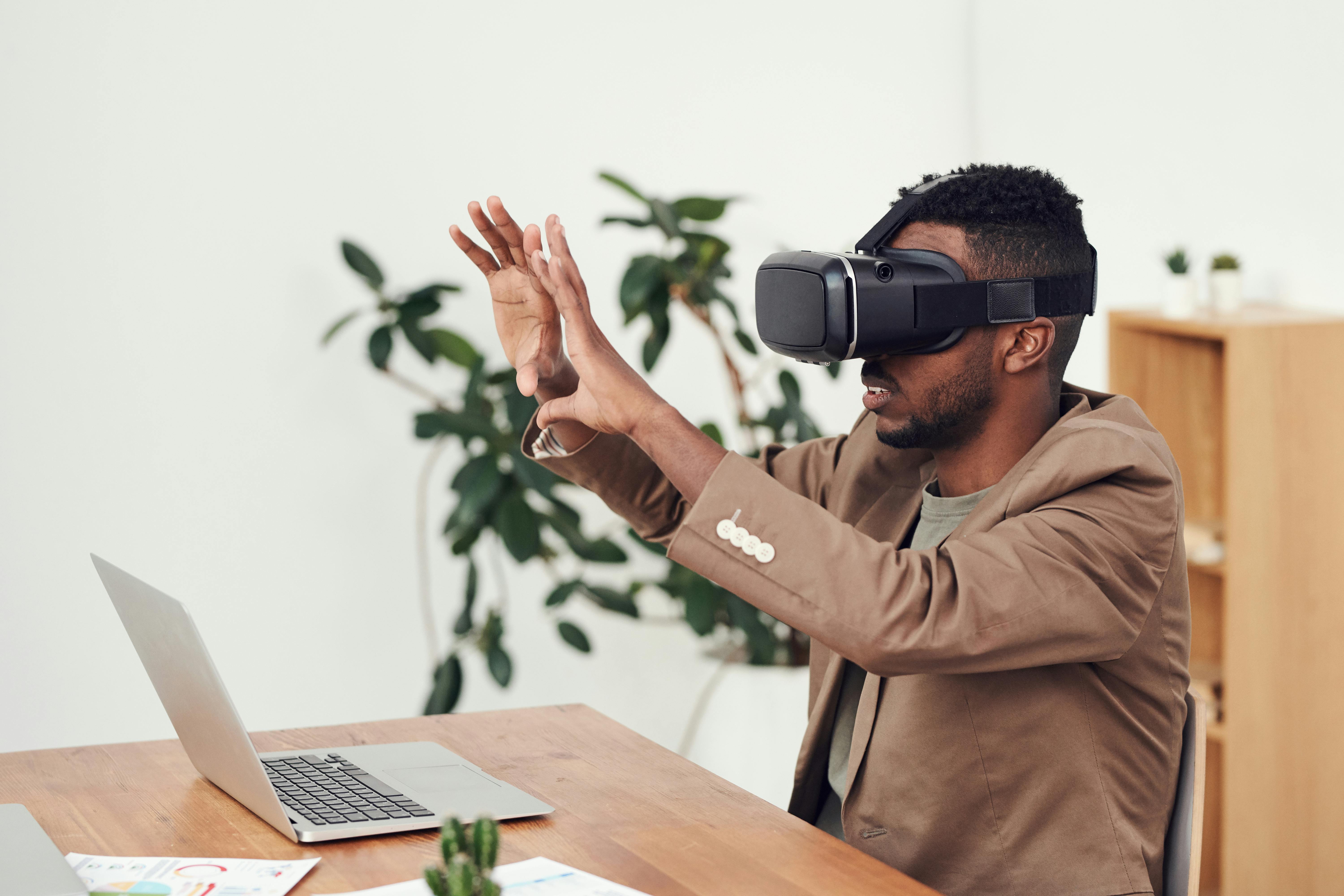"Augmented Reality: Shaping Our Perception of the Digital World"
Augmented reality (AR) is no longer a distant concept seen only in sci-fi movies. It is now a tangible technology transforming our interaction with the digital world. From enhancing gaming experiences to changing how we navigate cities, AR is reshaping our perception of reality. Let's dive into this exciting tech frontier.

A Glimpse into the Past: Augmented Reality’s Origins
The concept of AR was first introduced in the 1960s by Ivan Sutherland, a computer scientist known as the “father of computer graphics.” His pioneering head-mounted display system, “The Sword of Damocles,” laid the groundwork for modern AR. However, it was not until the 1990s that the term “Augmented Reality” was coined by Tom Caudell, a researcher at Boeing. The development of AR has been gradual, but the technology is now poised to revolutionize various sectors, including gaming, retail, and healthcare.
Braving the Present: Current Applications of Augmented Reality
AR technology is no longer confined to labs and research centers. Instead, it’s becoming mainstream. In the gaming industry, Niantic’s Pokemon Go became a global phenomenon, demonstrating the potential of AR in creating immersive experiences. Retailers, on the other hand, use AR to offer virtual try-on features, enhancing customer shopping experiences.
Recently, Google launched its Live View feature in Google Maps, leveraging AR to overlay directions onto the real world, making navigation more intuitive. Moreover, in healthcare, AR is being used to assist in complex surgeries, providing surgeons with a real-time 3D model of the patient’s anatomy.
The Price of Progress: AR Devices and Their Market Impact
While AR is transformative, it’s also expensive. High-end AR glasses like the Microsoft HoloLens 2 are priced at around $3,500, limiting their accessibility. However, as technology advances and competition rises, prices are expected to decrease, making AR devices more affordable for the average consumer.
The AR market is projected to reach $198.17 billion by 2025, driven by increasing applications across various industries. The proliferation of smartphones equipped with AR capabilities is also expected to boost the market, as they provide a more affordable entry point into the AR experience.
Evidence in Action: Research-Backed Benefits of AR
Numerous studies reinforce the potential benefits of AR. Research published in the Journal of Medical Internet Research revealed that AR could improve medical training, providing students with a more interactive learning experience. Another study published in Computers & Education found that AR could enhance students’ learning and engagement in the classroom.
Looking Ahead: The Future of Augmented Reality
While AR has made significant strides, the journey is far from over. Future advancements may include more sophisticated AR glasses that seamlessly blend the digital and physical worlds. We can also expect to see more AR applications in diverse sectors, from education to tourism.
As we continue to blur the lines between the physical and digital realms, AR stands at the forefront of this tech revolution. It’s more than just a new way to play games or shop—it’s a tool that has the potential to transform our perception of the world around us. Stay tuned, as the AR revolution is just beginning.




